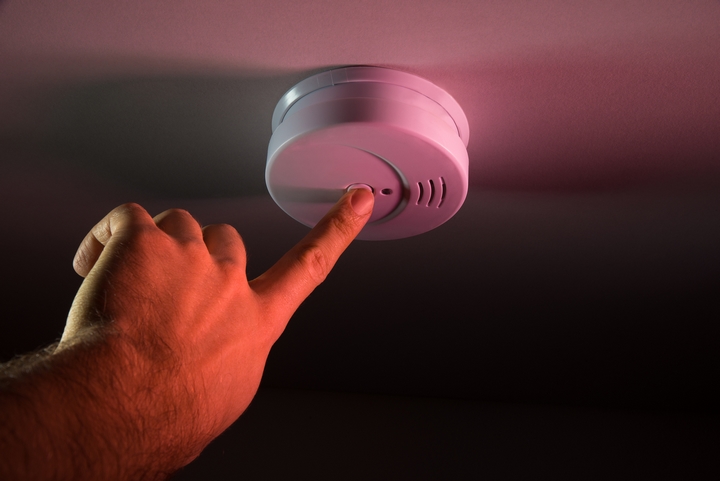Smoke detectors save lives. The faster you know there’s smoke and fire, the quicker you react. You may not realize smoke is starting to fill your home, but a smoke detector will.
Whether you’re sleeping or are in another room, smoke detectors can safeguard your home. The devices will successfully monitor for smoke and fire. They will alert when there is danger, aiding you in protecting your loved ones and your property.
Here are the top ten smoke detector features and how they work:
Feature #1: Visual Warning
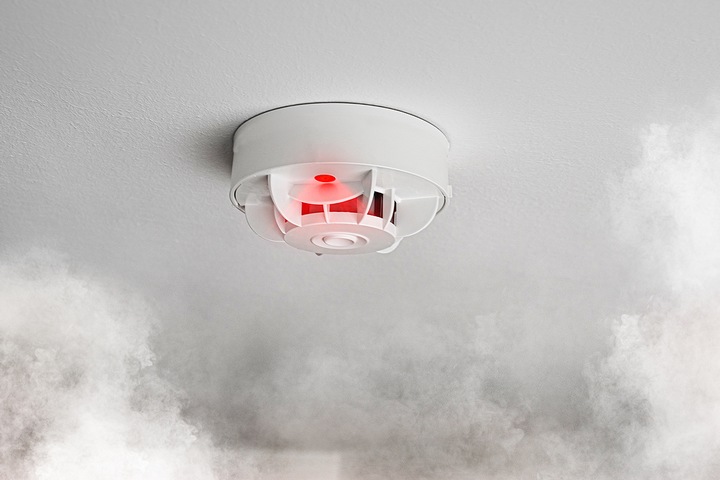
Smoke detectors have a visual warning system built in that notifies a homeowner when the battery starts to fail. A low battery is not a casual suggestion, and it’s an immediate need. If a smoke detector light starts to flash, it’s a sign that there’s something wrong, and an inspection should be done on the device. Typically, all that’s required is a new smoke detector battery.
Feature #2: Interconnection
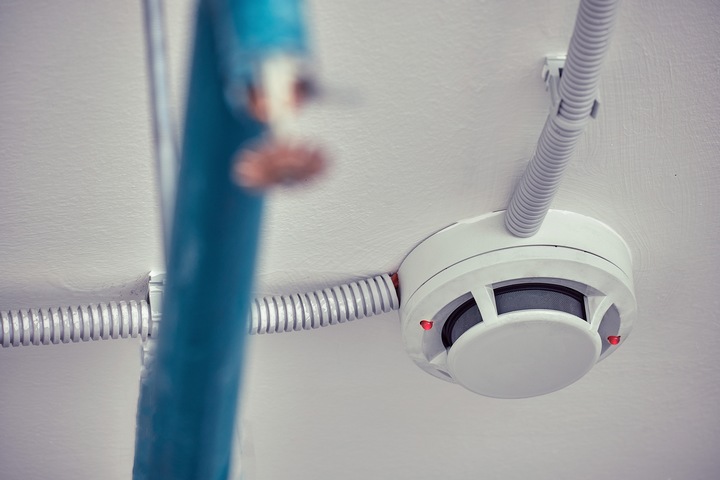
Today, most smoke detectors can be interconnected so that when one alarm goes off, every alarm does. This is done wirelessly, although it can be done through hardwiring in the home’s electrical system. The main benefit is larger homes where you may be secluded from certain areas. This allows you to act faster when there’s a fire if it’s rooms away from you.
Feature #3: Interconnected Appliances

A smoke alarm and fire alarm system can be interconnected with smart home appliances to cause them to produce sounds or flashes. For the hearing impaired, this can be life-saving. Horns, chimes, bells, and strobe lights can connect and be set up deliberately to go off whenever fire is detected.
Feature #4: Carbon Monoxide Alarms
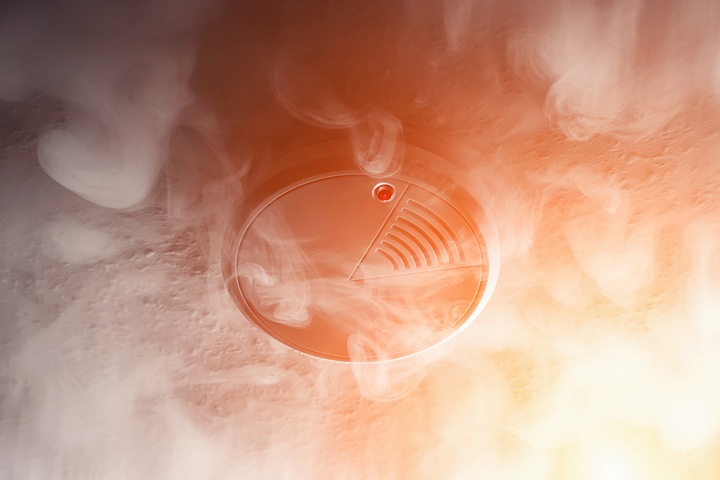
A carbon monoxide alarm is built into many smoke detectors sold today. CO is a colourless, odourless, and poisonous gas. It’s in fumes from vehicles, small engines, stoves, lanterns, grills, fireplaces, gas ranges, furnaces, and more. You won’t know if your home is filled with dangerous amounts of carbon monoxide. Your smoke detector will. Nearly 450 people in North America die every year from unintentional CO poisoning. This feature in your smoke detector will protect you.
Feature #5: Voice And Location Alerts

Some smoke detectors are equipped with voice and location alert features. This means when your smoke detector identifies a fire, a voice will identify what room it’s in. This can help you decide what the most appropriate action is and where to avoid it in your home. A voice alert is capable of letting you know when your smoke detector has a low battery as well – much easier on the ears than a chirping sound.
Feature #6: First Responder Calling
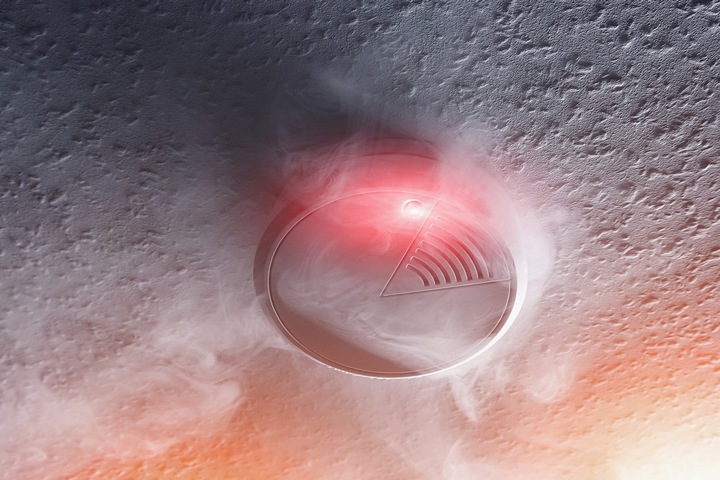
Smoke alarms are not only critical to alerting you and your family when there’s a fire emergency, but certain models can also notify the authorities. Integrated into a smart home system, you can connect your smoke detector to any traditional and monitored alarm system to automatically notify first responders in the event of an emergency. This is often done for businesses but is also possible for residential homes.
Feature #7: Reducing Nuisance Alarms
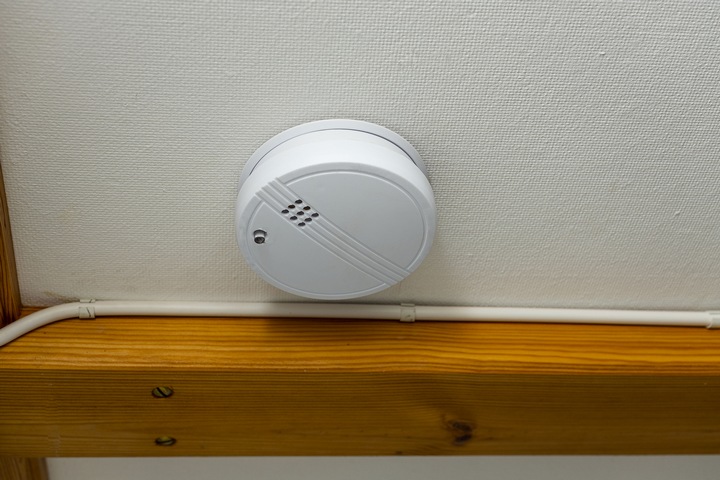
A split-spectrum optical smoke sensor in a smoke detector can detect smouldering and quick-burning fires while minimizing nuisance alarms. If you’ve ever had a smoke detector go off while cooking on the stove, you can reduce – in some models – the sensitivity of certain alarms. Unfortunately, this can put you at a disadvantage because of the reduced sensitivity that the smoke detector may not pick up a legitimate threat. Some smoke detectors are better with this than others.
Feature #8: Easy Accessibility
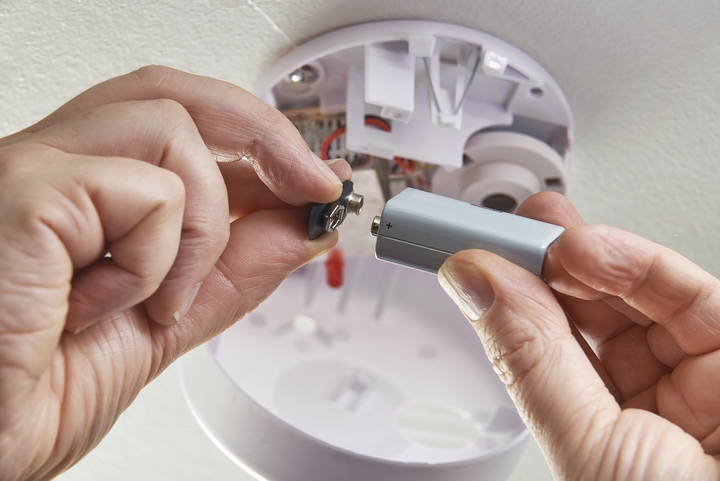
Changing out the batteries in a smoke detector can be very inconvenient. Some new smoke alarms have it so that you don’t even need to remove the smoke detector from the wall or ceiling. Some have a slide-load battery door on the front or a spot that’s easily accessed where the battery can be switched out. The easier it is to switch out the battery and reinstall the smoke detector, the more likely the homeowner, tenant, or decision-maker will do so.
Feature #9: Smart Home Hub Connection
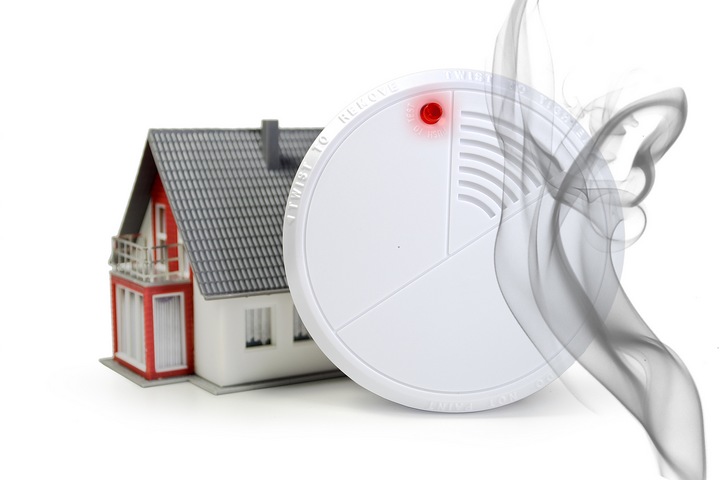
Some of the more advanced smoke alarms and smoke detectors can connect to your smart home hub. In certain cases, this can mean the smart hub taking action when it receives the notification of an alarm—for example, turning off a forced-air HVAC system to stop the smoke spreading, turning on lights to make it easier to find one’s way out at night, flashing exterior lights for first responders, unlocking smart locks on exterior doors to make it easier for family members to exit or first responders to enter, and more.
Feature #10: Smartphone Connectivity

A big advantage to having your smoke detector linked to a smart home system is the smartphone connectivity. In some cases, you can turn off an alarm on your smartphone, which is great for false alarms. You can also receive notifications, whether you’re at home or not, if your smoke detector picks up on something or if there is an emergency. Some will even let you automatically test sensors and batteries, ensuring everything’s in working order.


